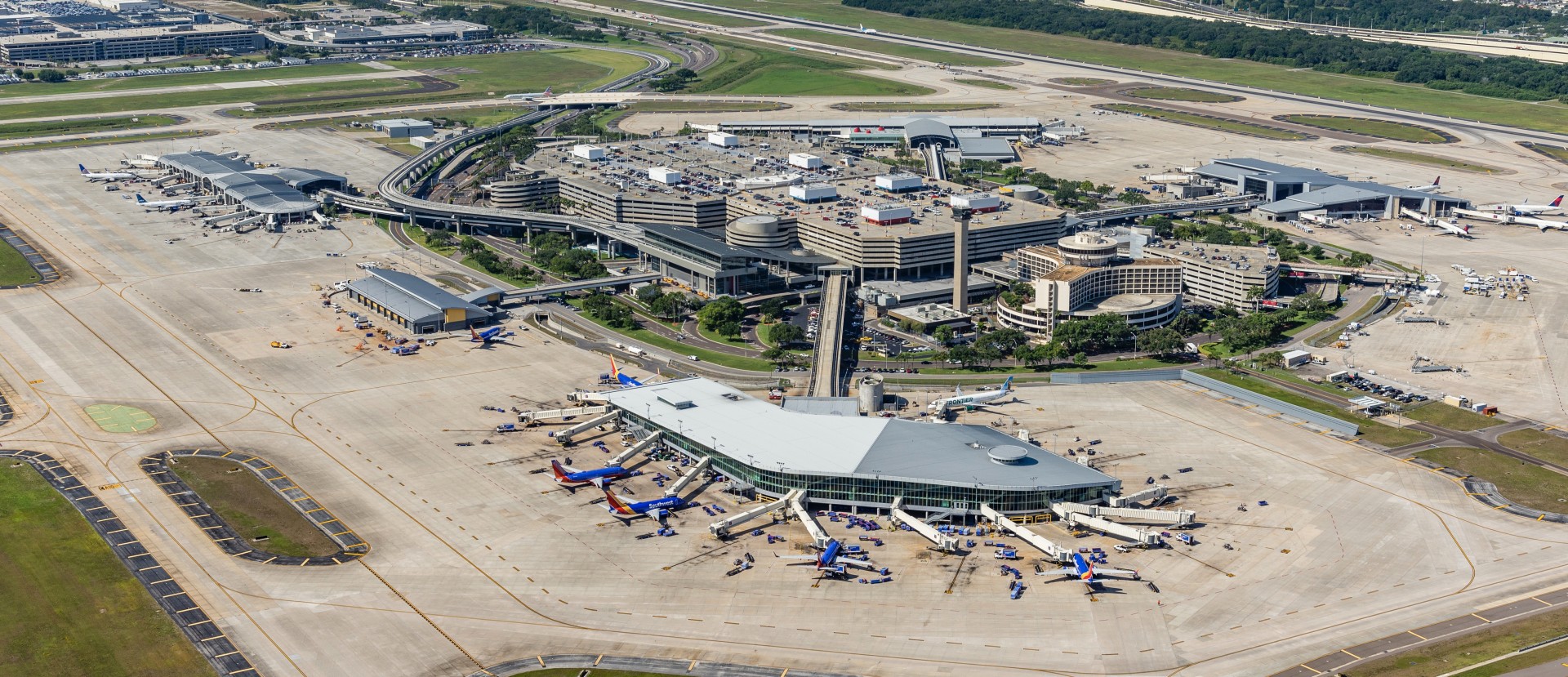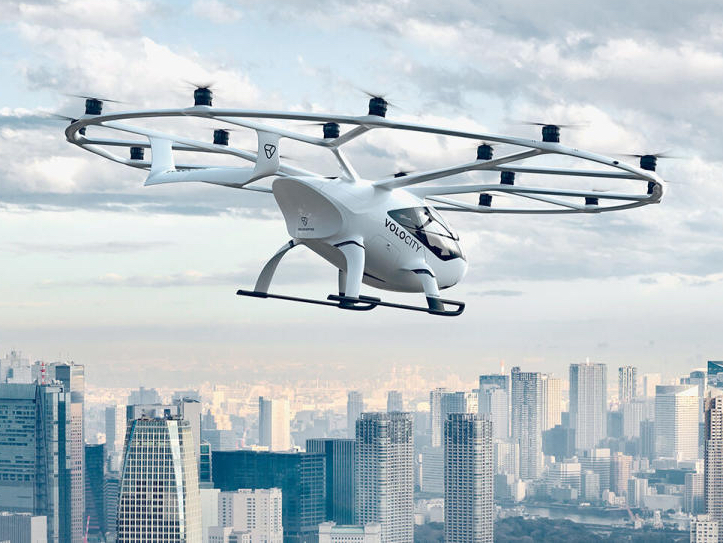Advertiser & Editorial Disclosure: The Bulkhead Seat earns an affiliate commission for anyone approved through the links below. This compensation may impact how and where links appear on this site. We work to provide the best publicly available offers to our readers. We frequently update them, but this site does not include all available offers. Opinions, reviews, analyses & recommendations are the author’s alone, and have not been reviewed, endorsed, or approved by any of these entities.
Tampa International Airport (TPA) will hold Florida’s first air taxi test flight. Volocopter will collaborate with the airport for the first test at a large US airport tomorrow.
This first test brings the dawn of a new means of passenger transport that is expected to fly passengers to and from the airport and onto multiple locations throughout Florida within the next few years. Tampa plans to have helipads built to serve these aircraft in the near future.
Urban Air Mobility (UAM) flights use electric aircraft capable of vertical takeoffs and landings. They focus on short and medium-range flights to transport passengers and objects between and even within cities. The first test flight will be held from 9:00 AM to 10:30 AM EST tomorrow at Sheltair Aviation TPA on Jim Walter Boulevard. The mayors of St. Petersburg and Tampa will attend along with other officials to kick off this exciting advancement.

According to Fox 13, the Hillsborough County Aviation Authority (HCAA) is working with several companies in order to make air taxis a reality in the next few years.
Brett Fay, the Director of General Aviation for HCAA, said:
It’s an exciting time for aviation and to see this new type of technology really evolve, it’s something that we know is happening, and we want to be in front of that. We would expect to see things like cargo and then passenger transport eventually evolve after that, but this is something that’s in the relatively near term, it’s not 10 to 15 years out, this is something we’re going to see evolve in the next couple of years. You’re going to see initial costs probably around $3 per passenger-mile, but the real key to unlocking the full potential of this is autonomy, so once you remove the pilot from the aircraft, bringing those costs I think you’ll see down closer to $1 per passenger-mile are some of the estimates that I’ve seen. I look at this as an entire ecosystem, so it’s not just the ability to transport from one place to another, this is really about jobs, economic activity, it’s an entire ecosystem, manufacturing, maintaining these aircraft, that will all have to happen as part of this and overall I think it’s going to be a really good thing for the community.”
The aircraft can travel for 50 to 100 miles. Tampa is not the only city working on bringing air taxis to life. Back in March, I wrote about United’s partnership with Archer Aviation to introduce a fleet of electric air taxis. The goal is to launch this service by 2024 and if it works, I might be able to get to O’Hare from my place in Chicago in 10 minutes (although next year does seem ambitious in my opinion).
Anthony’s Take: Electric air taxis are what’s next in transportation. They are sustainable and will relieve congestion on some of the busiest highways (I’m looking at you, Interstate 90).
(Image Credits: Tampa International Airport, Volocopter.)
User Generated Content Disclosure: The Bulkhead Seat encourages constructive discussions, comments, and questions. Responses are not provided by or commissioned by any bank advertisers. These responses have not been reviewed, approved, or endorsed by the bank advertiser. It is not the responsibility of the bank advertiser to respond to comments.
Advertiser & Editorial Disclosure: The Bulkhead Seat earns an affiliate commission for anyone approved through the links above This compensation may impact how and where links appear on this site. We work to provide the best publicly available offers to our readers. We frequently update them, but this site does not include all available offers. Opinions, reviews, analyses & recommendations are the author’s alone, and have not been reviewed, endorsed, or approved by any of these entities.
